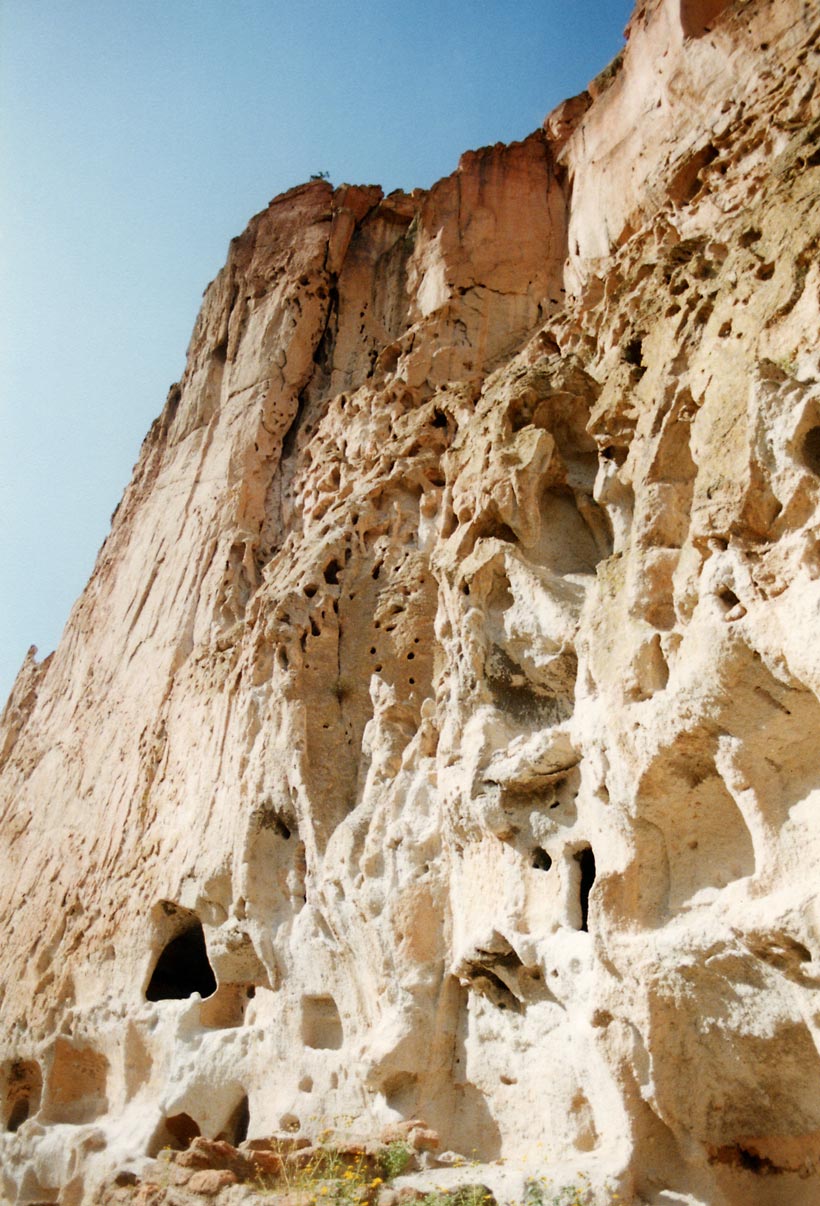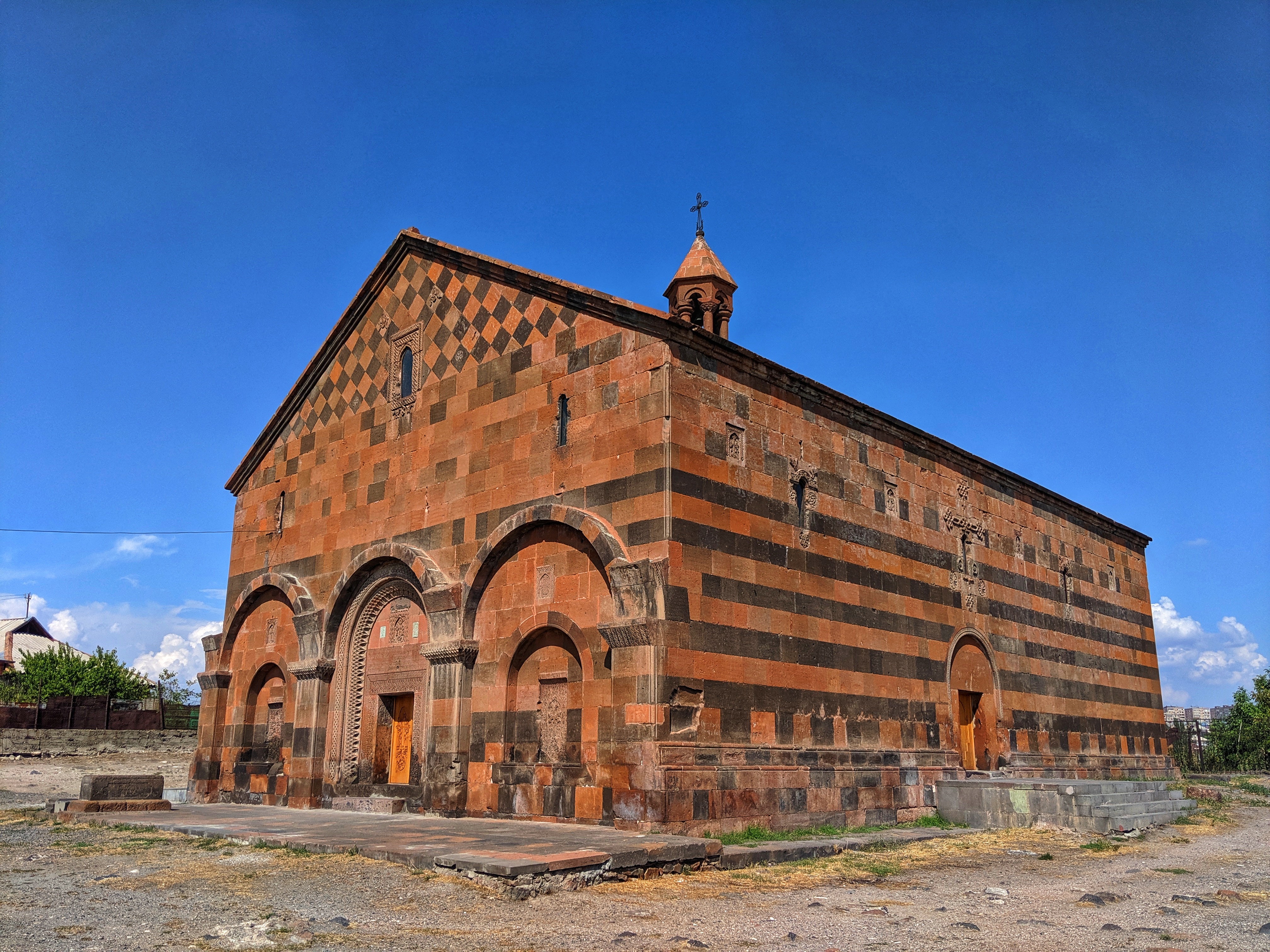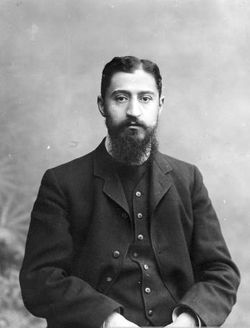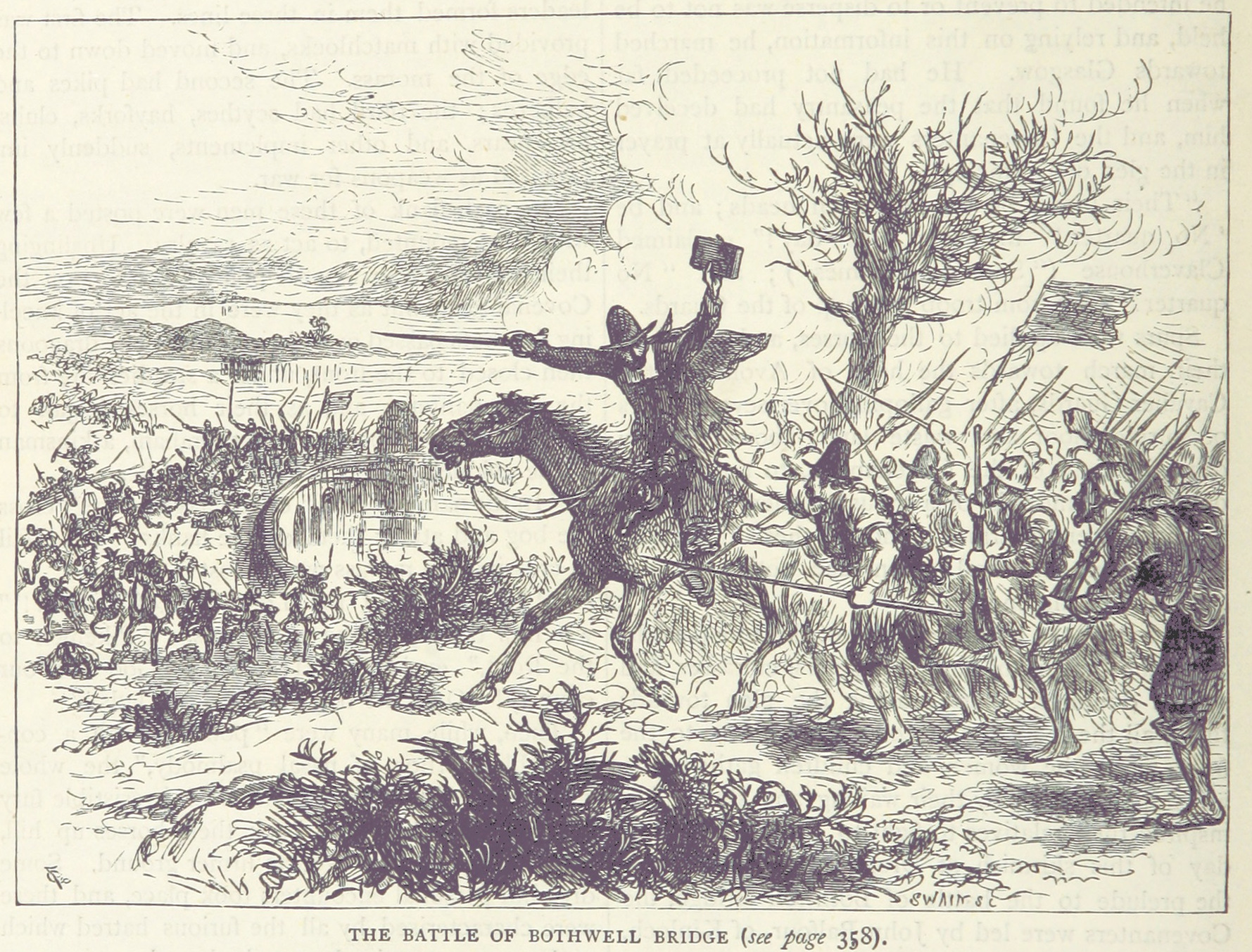|
Red Bridge (Yerevan)
The Red Bridge ( hy, Կարմիր կամուրջ, ''Karmir kamurj''; also known as the Old Bridge of Hrazdan; and also known as Bridge of Khoja Plav, , ''Khoja Plavi kamurj'') is a ruined 17th-century bridge on the Hrazdan River, in Yerevan, Armenia. It was called ‘red’ because as it is built of red tuff. The bridge was also called "Khoja-plav bridge" for Khoja-plav, a wealthy man from Kanaker who financed its reconstructruction. The total length of the bridge was 80 meters and its height was 11 meters. It had 4 arches. Two were in the middle and were squiggly, the other two arches were on the banks of the Hrazdan River. V. M. Harutyunyan, Caravanserais and bridges of the Medieval Armenia ''(Միջնադարյան Հայաստանի քարավանատներն ու կամուրջները)'', pp. 12 Before the 1679 earthquake there was a bridge in the same place but it was ruined by the earthquake. It provided economic connections between the Yerevan Fortress (in place of the ... [...More Info...] [...Related Items...] OR: [Wikipedia] [Google] [Baidu] |
Hrazdan River
The Hrazdan ( hy, Հրազդան գետ, ) is a major river and the second largest in Armenia. It originates at the northwest extremity of Lake Sevan and flows south through the Kotayk Province and Armenia's capital, Yerevan; the lake in turn is fed by several streams. In the Ararat plain it joins the Aras river along the border with Turkey. Its waters join the Kura river, before flowing into the Caspian Sea. A series of hydro-electric plants have been constructed on the river. Its waters are in demand to irrigate crops. Names The river was called Ildaruni in Urartian. Its name in Turkic languages is Zangu, Zanga, Zangi, or Zengy. Geography The Sevan Lakes (with 30 rivers contributing to its storage), the largest located in the central part of the country and the Hrazdan River which originates from it, together form the "Sevan-Hrazdan Management Area", which is one of the five sub-basins of the 14 sub-basins of Kura and Araks basins of Armenia. The river originates from t ... [...More Info...] [...Related Items...] OR: [Wikipedia] [Google] [Baidu] |
Yerevan
Yerevan ( , , hy, Երևան , sometimes spelled Erevan) is the capital and largest city of Armenia and one of the world's oldest continuously inhabited cities. Situated along the Hrazdan River, Yerevan is the administrative, cultural, and industrial center of the country, as its primate city. It has been the capital since 1918, the fourteenth in the history of Armenia and the seventh located in or around the Ararat Plain. The city also serves as the seat of the Araratian Pontifical Diocese, which is the largest diocese of the Armenian Apostolic Church and one of the oldest dioceses in the world. The history of Yerevan dates back to the 8th century BCE, with the founding of the fortress of Erebuni in 782 BCE by King Argishti I of Urartu at the western extreme of the Ararat Plain. Erebuni was "designed as a great administrative and religious centre, a fully royal capital." By the late ancient Armenian Kingdom, new capital cities were established and Yerevan declined i ... [...More Info...] [...Related Items...] OR: [Wikipedia] [Google] [Baidu] |
Armenia
Armenia (), , group=pron officially the Republic of Armenia,, is a landlocked country in the Armenian Highlands of Western Asia.The UNbr>classification of world regions places Armenia in Western Asia; the CIA World Factbook , , and ''Oxford Reference Online'' also place Armenia in Asia. It is a part of the Caucasus region; and is bordered by Turkey to the west, Georgia to the north, the Lachin corridor (under a Russian peacekeeping force) and Azerbaijan to the east, and Iran and the Azerbaijani exclave of Nakhchivan to the south. Yerevan is the capital, largest city and the financial center. Armenia is a unitary, multi-party, democratic nation-state with an ancient cultural heritage. The first Armenian state of Urartu was established in 860 BC, and by the 6th century BC it was replaced by the Satrapy of Armenia. The Kingdom of Armenia reached its height under Tigranes the Great in the 1st century BC and in the year 301 became the first state in the worl ... [...More Info...] [...Related Items...] OR: [Wikipedia] [Google] [Baidu] |
Tuff
Tuff is a type of rock made of volcanic ash ejected from a vent during a volcanic eruption. Following ejection and deposition, the ash is lithified into a solid rock. Rock that contains greater than 75% ash is considered tuff, while rock containing 25% to 75% ash is described as tuffaceous (for example, ''tuffaceous sandstone''). Tuff composed of sandy volcanic material can be referred to as volcanic sandstone. Tuff is a relatively soft rock, so it has been used for construction since ancient times. Because it is common in Italy, the Romans used it often for construction. The Rapa Nui people used it to make most of the '' moai'' statues on Easter Island. Tuff can be classified as either igneous or sedimentary rock. It is usually studied in the context of igneous petrology, although it is sometimes described using sedimentological terms. Tuff is often erroneously called tufa in guidebooks and in television programmes. Volcanic ash The material that is expelled in a ... [...More Info...] [...Related Items...] OR: [Wikipedia] [Google] [Baidu] |
Kanaker
Kanaker ( hy, Քանաքեռ; also Romanized as K’anak’err, Kenaker, Kanaker, and Qanaqer) was a town in Armenia to the north-east of the capital Yerevan. With the urban development, the village was gradually absorbed by the capital Yerevan thus becoming part of the Kanaker-Zeytun district. Many prominent Armenians are natives of Kanaker such as the writer and educator and the composer Djivan Gasparyan
Djivan Gasparyan (var. Jivan Gasparyan; hy, Ջիվան Գասպարյան, ; October 12, 1928 – ...
[...More Info...] [...Related Items...] OR: [Wikipedia] [Google] [Baidu] |
1679 Armenia Earthquake
The 1679 Armenia earthquake (also called Yerevan earthquake or Garni earthquake) took place on June 4 in the Yerevan region of Armenia, then part of the Safavid Iran Safavid Iran or Safavid Persia (), also referred to as the Safavid Empire, '. was one of the greatest Iranian empires after the 7th-century Muslim conquest of Persia, which was ruled from 1501 to 1736 by the Safavid dynasty. It is often conside .... Numerous buildings were destroyed as a result of the earthquake. In Yerevan most notable structures were damaged. The Yerevan Fortress was destroyed, so were the following churches: Poghos-Petros, Katoghike, Zoravor and the Gethsemane Chapel. Furthermore, the nearby Kanaker village was destroyed. The classical Hellenistic Temple of Garni also collapsed. Among many churches and monasteries that were reduced to ruins were Havuts Tar, Saint Sargis Monastery of Ushi, Hovhannavank, Geghard, and Khor Virap. See also * Iranian Armenia (1502–1828) * List ... [...More Info...] [...Related Items...] OR: [Wikipedia] [Google] [Baidu] |
Yerevan Fortress
Erivan Fortress ( hy, Երևանի բերդը; ''Yerevani berdë''; fa, قلعه ایروان, ''Ghaleh-ye Iravân''; russian: Эриванская крепость ''E'rivanskaya krepost' '') was a 16th-century fortress in Yerevan. History The fortress was built during the Ottoman rule in 1582–83 by Serdar Ferhat Pasha. The fortress was destroyed by an earthquake in 1679. After the earthquake, the Safavid governor of Erivan, Zal Khan, asked the Shah for help to rebuild Erivan, including the fortress and the Palace of the Sardars. On 12 July 1679, the Safavid vice-regent of Azerbaijan (historic Azerbaijan, also known as ''Iranian Azerbaijan''), Mirza Ibrahim, visited Erivan. He was directed to recover the fortress, the seat of the governor of Erivan. Many villagers from Ganja, Agulis and Dasht (Nakhchivan) were moved to Erivan to rebuild the fortress. The forced labor continued until winter. Later, the Shah allowed everyone to return to their homes. The reconstruction ... [...More Info...] [...Related Items...] OR: [Wikipedia] [Google] [Baidu] |
Yerevan Ararat Wine Factory
Yerevan Ararat Brandy Factory, officially known as the Yerevan Ararat Brandy-Wine-Vodka Factory ( hy, Երևանի Արարատ կոնյակի-գինու-օղու կոմբինատ), commonly known with its famous brand Noy, is a leading Armenian brandy production company in Yerevan, Armenia, currently owned by Gagik Tsarukyan's ''Multi Group Concern''. It was founded in 1877 during the rule of the Russian Empire. The factory is located on the left bank of Hrazdan river at the centre of Yerevan, occupying the area of the historic Erivan Fortress. History ''Nerses Tairyan'' was a well-known merchant and philanthropist. In 1877 he started industrial production of wine, and later brandy in 1887, at the territory of the former Erivan Fortress. Hovhannes Aivazovsky, who was a relative of Tairyan, helped him to build the factory. In 1899 Nerses Tairyan leased the factory to ''Nikolay Shustov'', who purchased it a year later for 50,000 roubles. Having established his own business in Mo ... [...More Info...] [...Related Items...] OR: [Wikipedia] [Google] [Baidu] |
Yerevan State University
Yerevan State University (YSU; hy, Երևանի Պետական Համալսարան, ԵՊՀ, ''Yerevani Petakan Hamalsaran''), also simply University of Yerevan, is the oldest continuously operating public university in Armenia. Founded in 1919, it is the largest university in the country. It is thus informally known as Armenia's "mother university" (Մայր ԲՈւՀ, ''Mayr Buh''). Of its 3,150 employees, 1,190 comprise the teaching staff, which includes 25 academicians, 130 professors, 700 docents (associate professors), and 360 assistant lecturers. The university has 400 researchers, 1,350 post-graduate students, and 8,500 undergraduates, including 300 students from abroad. Instruction is in Armenian, but instruction in Russian or English for foreign students is available as needed. The academic year is from September 1 through June 30. According to University Ranking by Academic Performance (URAP), it was the top-ranked university in Armenia and the 954th in the world ... [...More Info...] [...Related Items...] OR: [Wikipedia] [Google] [Baidu] |
Bridges In Yerevan
A bridge is a structure built to span a physical obstacle (such as a body of water, valley, road, or rail) without blocking the way underneath. It is constructed for the purpose of providing passage over the obstacle, which is usually something that is otherwise difficult or impossible to cross. There are many different designs of bridges, each serving a particular purpose and applicable to different situations. Designs of bridges vary depending on factors such as the function of the bridge, the nature of the terrain where the bridge is constructed and anchored, and the material used to make it, and the funds available to build it. The earliest bridges were likely made with fallen trees and stepping stones. The Neolithic people built boardwalk bridges across marshland. The Arkadiko Bridge (dating from the 13th century BC, in the Peloponnese) is one of the oldest arch bridges still in existence and use. Etymology The ''Oxford English Dictionary'' traces the origin of the wo ... [...More Info...] [...Related Items...] OR: [Wikipedia] [Google] [Baidu] |
1679 Establishments In Iran
Events January–June * January 24 – King Charles II of England dissolves the " Cavalier Parliament", after nearly 18 years. * February 3 – Moroccan troops from Fez are killed, along with their commander Moussa ben Ahmed ben Youssef, in a battle against rebels in the Jbel Saghro mountain range, but Moroccan Sultan Ismail Ibn Sharif is able to negotiate a ceasefire allowing his remaining troops safe passage back home. * February 5 – The Treaty of Celle is signed between France and Sweden on one side, and the Holy Roman Empire, at the town of Celle in Saxony (now in Germany). Sweden's sovereignty over Bremen-Verden is confirmed and Sweden cedes control of Thedinghausen and Dörverden to the Germans. * February 19 – Ajit Singh Rathore becomes the new Maharaja of the Jodhpur State a principality in India also known as Marwar, now located in Rajasthan state. * March 6 – In England, the "Habeas Corpus Parliament" (or "First Exclusion Parlia ... [...More Info...] [...Related Items...] OR: [Wikipedia] [Google] [Baidu] |


.jpg)


